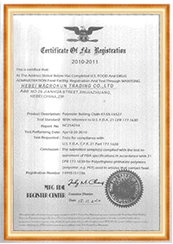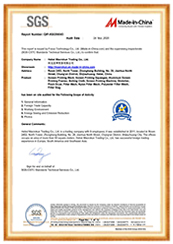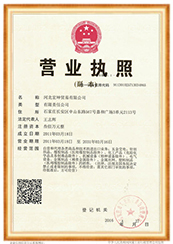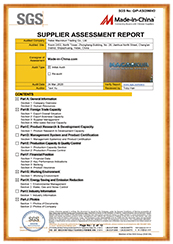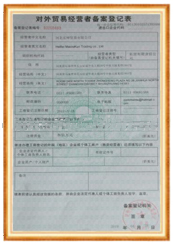When it comes to choosing the right nylon woven mesh for your needs, there are several factors to consider. Nylon woven mesh is a versatile material that is commonly used in a variety of industries, including filtration, screen printing, and industrial applications. One of the main benefits of nylon woven mesh is its durability and strength. Nylon is a synthetic material that is known for its high tensile strength and resistance to abrasion, making it an ideal choice for applications that require a strong and long-lasting material.
Another benefit of nylon woven mesh is its flexibility. Nylon mesh can be easily manipulated and shaped to fit a variety of applications, making it a versatile material that can be used in a wide range of industries. Whether you need a fine mesh for filtration or a larger mesh for screen printing, nylon woven mesh can be customized to meet your specific needs.
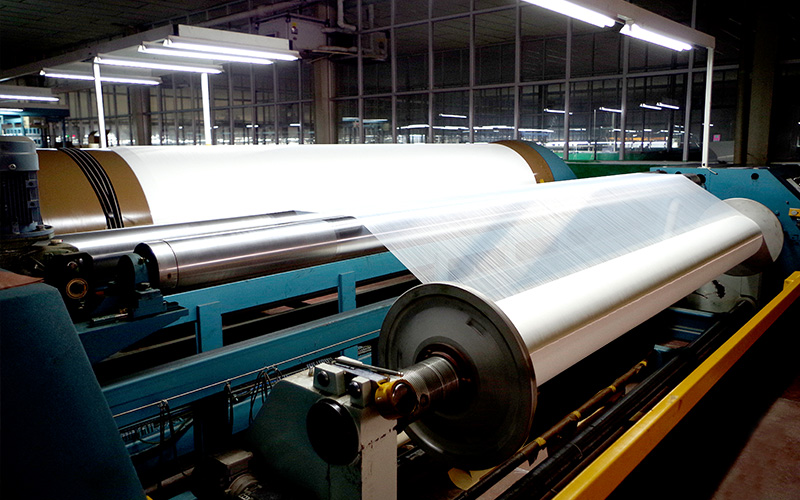
In addition to its durability and flexibility, nylon woven mesh is also known for its chemical resistance. Nylon is a non-reactive material that is resistant to many chemicals, making it an ideal choice for applications that require exposure to harsh chemicals or solvents. This chemical resistance makes nylon woven mesh a popular choice for filtration applications in industries such as pharmaceuticals, food and beverage, and chemical processing.
One of the key benefits of nylon woven mesh is its cost-effectiveness. Nylon is a relatively inexpensive material compared to other types of mesh, making it an affordable option for businesses looking to save on costs without sacrificing quality. In addition, nylon woven mesh is easy to clean and maintain, reducing the need for frequent replacements and repairs.
When choosing the right nylon woven mesh for your needs, it is important to consider the mesh size and weave pattern. The mesh size refers to the number of openings per inch in the mesh, with smaller mesh sizes providing finer filtration and larger mesh sizes allowing for greater airflow. The weave pattern refers to the way the threads are interlaced to create the mesh, with common patterns including plain weave, twill weave, and Dutch weave.
It is also important to consider the material thickness when choosing nylon woven mesh. Thicker materials are more durable and resistant to abrasion, making them ideal for applications that require a strong and long-lasting material. However, thicker materials may also reduce airflow and filtration capabilities, so it is important to strike a balance between durability and performance.
| Type | Mesh Size (/cm) |
Mesh Size (/inch) |
Thread Dia (um) |
Mesh Opening (um) |
Thickness (um) |
Net Weight (g/m2) |
| NL4/1950 | 4 | 10 | 550 | 1950 | 1100 | 307 |
| NL5/1500 | 5 | 13 | 500 | 1500 | 1000 | 318 |
| NL6/1267 | 6 | 15 | 400 | 1267 | 800 | 244 |
| NL7/1079 | 7 | 18 | 350 | 1079 | 700 | 218 |
| NL8/900 | 8 | 20 | 350 | 900 | 700 | 249 |
| NL9/861 | 9 | 23 | 250 | 861 | 500 | 143 |
| NL9/811 | 9 | 23 | 300 | 811 | 600 | 206 |
| NL10/750 | 10 | 25 | 250 | 750 | 500 | 159 |
| NL10/700 | 10 | 25 | 300 | 700 | 600 | 229 |
| NL12/583 | 12 | 30 | 250 | 583 | 500 | 191 |
| NL12/533 | 12 | 30 | 300 | 533 | 600 | 274 |
| NL14/514 | 14 | 36 | 200 | 514 | 340 | 142 |
| NL16/425 | 16 | 40 | 200 | 425 | 340 | 160 |
| NL20/350 | 20 | 50 | 150 | 350 | 255 | 113 |
| NL20/300 | 20 | 50 | 200 | 300 | 340 | 200 |
| NL24/267 | 24 | 60 | 150 | 267 | 255 | 135 |
| NL28/237 | 28 | 70 | 120 | 237 | 204 | 101 |
| NL30/213 | 30 | 76 | 120 | 213 | 204 | 110 |
| NL32/213 | 32 | 80 | 100 | 213 | 170 | 80 |
| NL36/178 | 36 | 90 | 100 | 178 | 170 | 90 |
| NL40/150 | 40 | 100 | 100 | 150 | 170 | 100 |
| NL43/153 | 43 | 110 | 80 | 153 | 136 | 70 |
| NL48/128 | 48 | 120 | 80 | 128 | 136 | 77 |
| NL56/119 | 56 | 140 | 60 | 119 | 102 | 50 |
| NL64/96 | 64 | 160 | 60 | 96 | 102 | 58 |
| NL72/89 | 72 | 180 | 50 | 89 | 85 | 45 |
| NL80/75 | 80 | 200 | 50 | 75 | 85 | 50 |
| NL100/57 | 100 | 250 | 43 | 57 | 73 | 46 |
| NL110/48 | 110 | 280 | 43 | 48 | 73 | 52 |
| NL120/48 | 120 | 300 | 35 | 48 | 60 | 37 |
| NL120/40 | 120 | 300 | 43 | 40 | 73 | 55 |
| NL130/42 | 130 | 330 | 35 | 42 | 60 | 40 |
| NL130/34 | 130 | 330 | 43 | 34 | 73 | 61 |
| NL140/36 | 140 | 350 | 35 | 36 | 60 | 43 |
| NL157/25 | 157 | 400 | 43 | 25 | 73 | 74 |
| NL180/20 | 180 | 450 | 39 | 20 | 66 | 68 |
| NL200/15 | 200 | 500 | 39 | 15 | 66 | 76 |
| NL220/10 | 220 | 550 | 39 | 10 | 66 | 84 |
| NL240/5 | 240 | 600 | 39 | 5 | 66 | 91 |
In conclusion, nylon woven mesh is a versatile and cost-effective material that offers a range of benefits for a variety of applications. From its durability and flexibility to its chemical resistance and cost-effectiveness, nylon woven mesh is a popular choice for businesses looking for a reliable and high-quality material. By considering factors such as mesh size, weave pattern, and material thickness, you can choose the right nylon woven mesh for your specific needs and ensure optimal performance and longevity.
When selecting the appropriate nylon woven mesh for your specific applications, several critical factors must be taken into account to ensure optimal performance and longevity. First and foremost, understanding the intended use of the mesh is essential. Different applications, whether in industrial settings, agriculture, or consumer products, may require varying specifications in terms of strength, flexibility, and permeability. For instance, if the mesh is intended for filtration purposes, the size of the openings and the overall density of the weave will significantly influence its effectiveness. Therefore, a thorough assessment of the application will guide you in determining the necessary characteristics of the nylon woven mesh.
In addition to the application, the environmental conditions in which the mesh will be used play a pivotal role in the selection process. Nylon is known for its durability and resistance to wear, but it is also susceptible to degradation when exposed to certain chemicals, UV light, or extreme temperatures. Consequently, it is crucial to evaluate the specific environmental factors that the mesh will encounter. For example, if the mesh will be used outdoors, selecting a UV-stabilized nylon can enhance its longevity and performance. Similarly, if the mesh will be in contact with harsh chemicals, opting for a nylon variant that offers chemical resistance is advisable.
Another important consideration is the mesh‘s tensile strength and load-bearing capacity. Depending on the application, you may require a mesh that can withstand significant tension or weight. For instance, in construction or heavy-duty industrial applications, a higher tensile strength is necessary to ensure safety and reliability. Conversely, for lighter applications, such as gardening or crafts, a less robust mesh may suffice. Therefore, it is essential to match the mesh‘s strength characteristics with the demands of your specific application.
Moreover, the mesh‘s weave pattern can also influence its performance. Different weave patterns, such as plain, twill, or satin, offer varying levels of flexibility, strength, and aesthetic appeal. A plain weave, for example, provides a balanced combination of strength and flexibility, making it suitable for a wide range of applications. On the other hand, a twill weave may offer enhanced durability and resistance to fraying, which can be beneficial in high-stress environments. Understanding the advantages and limitations of each weave pattern will help you make an informed decision that aligns with your needs.
Cost is another factor that cannot be overlooked when choosing nylon woven mesh. While it may be tempting to opt for the least expensive option, it is crucial to consider the long-term value and performance of the material. Investing in a higher-quality mesh may result in lower maintenance costs and a longer lifespan, ultimately providing better value over time. Therefore, it is advisable to weigh the initial costs against the potential benefits and durability of the mesh.
Finally, sourcing from reputable manufacturers is vital to ensure that you receive a product that meets industry standards and specifications. Quality assurance processes and certifications can provide peace of mind that the nylon woven mesh will perform as expected. By taking these factors into account—application, environmental conditions, tensile strength, weave pattern, cost, and manufacturer reputation—you can confidently select the right nylon woven mesh that meets your specific needs and ensures successful outcomes in your projects.
When it comes to choosing the right nylon woven mesh for your specific needs, it’s important to understand the different types available on the market. Nylon woven mesh is a versatile material that is commonly used in a variety of industries, including filtration, screen printing, and industrial applications. Each type of nylon woven mesh has its own unique characteristics and properties that make it suitable for different applications.
One of the most common types of nylon woven mesh is monofilament nylon mesh. This type of mesh is made from a single strand of nylon fiber, which gives it a smooth surface and uniform openings. Monofilament nylon mesh is known for its high strength and durability, making it ideal for applications that require a strong and stable material. It is commonly used in filtration applications, as well as in screen printing and industrial sieving.
Another type of nylon woven mesh is multifilament nylon mesh. This type of mesh is made from multiple strands of nylon fiber twisted together, which gives it a more flexible and pliable texture. Multifilament nylon mesh is often used in applications that require a softer and more flexible material, such as in medical devices and clothing. It is also commonly used in screen printing and industrial sieving, where a finer mesh is needed.
In addition to monofilament and multifilament nylon mesh, there are also specialty nylon meshes available on the market. These specialty meshes are designed for specific applications that require unique properties, such as high temperature resistance, chemical resistance, or anti-static properties. Specialty nylon meshes are often used in industries such as aerospace, automotive, and electronics, where strict performance requirements must be met.
When choosing the right nylon woven mesh for your needs, it’s important to consider the specific requirements of your application. Factors such as mesh size, mesh count, and material properties will all play a role in determining which type of nylon mesh is best suited for your needs. For example, if you require a fine mesh for screen printing, a monofilament nylon mesh with a high mesh count would be ideal. On the other hand, if you need a flexible mesh for a medical device, a multifilament nylon mesh may be more suitable.
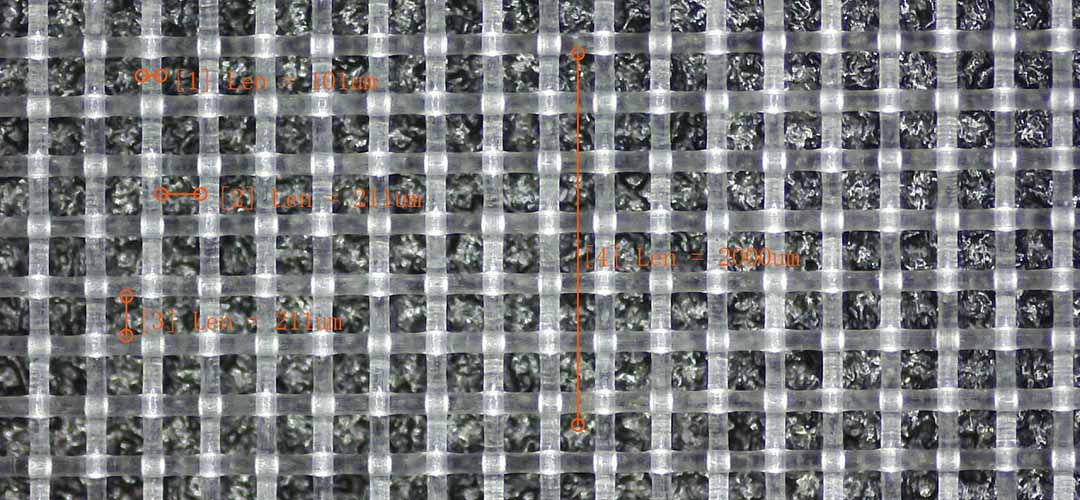
It’s also important to consider the environmental conditions in which the nylon mesh will be used. Some nylon meshes are more resistant to chemicals, heat, and UV exposure than others, so it’s important to choose a mesh that can withstand the specific conditions of your application. Additionally, consider the longevity and maintenance requirements of the mesh, as some types may require more frequent cleaning or replacement than others.
In conclusion, choosing the right nylon woven mesh for your needs requires careful consideration of the specific requirements of your application. By understanding the different types of nylon mesh available on the market and their unique properties, you can select a mesh that will meet your performance requirements and provide long-lasting durability. Whether you need a strong and stable monofilament mesh or a flexible and pliable multifilament mesh, there is a nylon woven mesh available to suit your needs.
When it comes to choosing the right nylon woven mesh for your specific needs, there are several factors to consider. Nylon woven mesh is a versatile material that is commonly used in a variety of applications, including filtration, separation, and screening. Understanding the different types of nylon woven mesh available and their unique properties can help you make an informed decision when selecting the right material for your project.
One of the first things to consider when choosing nylon woven mesh is the mesh size. Mesh size refers to the number of openings per inch in the mesh and is typically expressed as a number followed by the abbreviation “mesh.” For example, a mesh size of 100 mesh means there are 100 openings per inch. The mesh size you choose will depend on the specific application you have in mind. Finer mesh sizes are ideal for applications that require a high level of filtration, while coarser mesh sizes are better suited for applications that require larger particles to pass through.
Another important factor to consider when selecting nylon woven mesh is the weave type. There are several different weave types available, including plain weave, twill weave, and Dutch weave. Each weave type has its own unique characteristics and is suitable for different applications. Plain weave is the most common type of weave and is characterized by a simple over-under pattern. Twill weave, on the other hand, is characterized by a diagonal pattern that provides increased strength and stability. Dutch weave is a tight weave that is ideal for applications that require a high level of filtration.
In addition to mesh size and weave type, it is also important to consider the material of the nylon woven mesh. Nylon woven mesh is typically made from nylon 6 or nylon 6/6, both of which are durable and resistant to abrasion. Nylon 6 is a general-purpose material that is suitable for a wide range of applications, while nylon 6/6 is a more rigid material that is ideal for applications that require increased strength and stability.
When selecting nylon woven mesh for your project, it is important to consider the specific requirements of your application. If you are unsure which type of nylon woven mesh is best suited for your needs, it is recommended to consult with a professional who can help guide you through the selection process. By taking the time to carefully consider the mesh size, weave type, and material of the nylon woven mesh, you can ensure that you choose the right material for your specific needs.
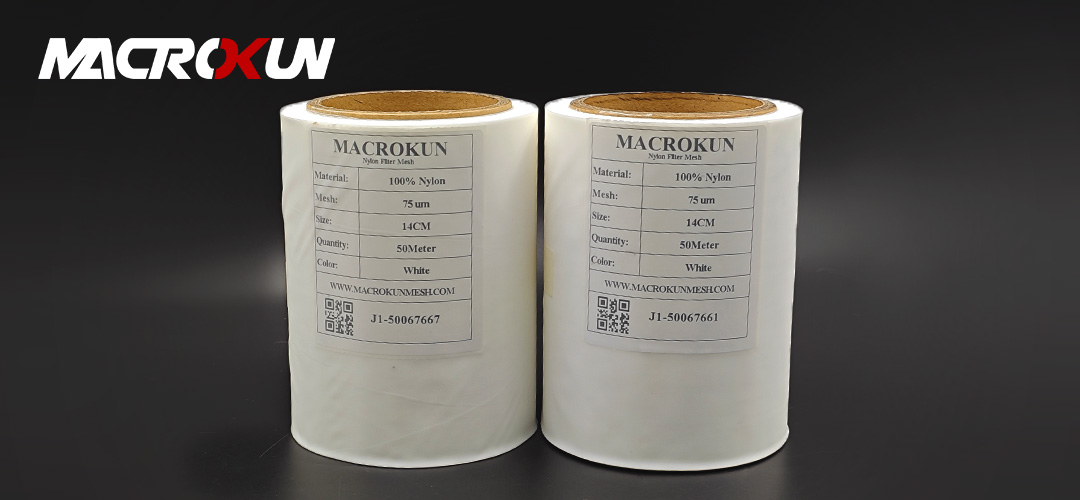
In conclusion, choosing the right nylon woven mesh for your needs requires careful consideration of several factors, including mesh size, weave type, and material. By understanding the unique properties of each type of nylon woven mesh and how they relate to your specific application, you can make an informed decision when selecting the right material for your project. Whether you are in need of a high level of filtration, increased strength, or durability, there is a nylon woven mesh available that is suitable for your needs.
Pre: Why Fine Nylon Mesh Netting is Ideal for Precise Filtration
Next: Top Industrial and Commercial Applications of Nylon Plastic Mesh

MACROKUN has established long-term and stable cooperative relations with many transportation companies such as China Post, DHL, FEDEX, USPS, UPS, etc. Of course, MACROKUN can also provide air and sea transportation. The powerful logistics system enables all MACROKUN'S Printing Mesh, Filter Mesh and Filter Bags and so on to be easily and efficiently transported to any place. For quotes and inquiries, please email our sales team.
